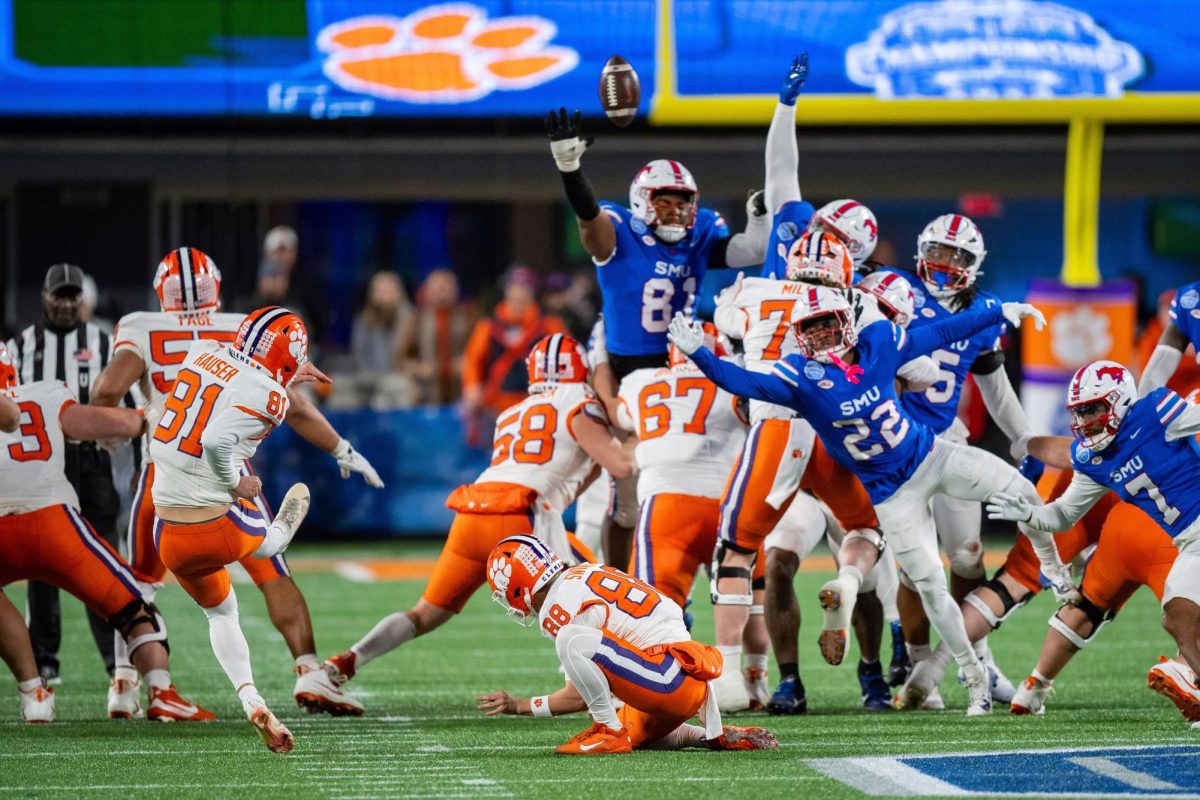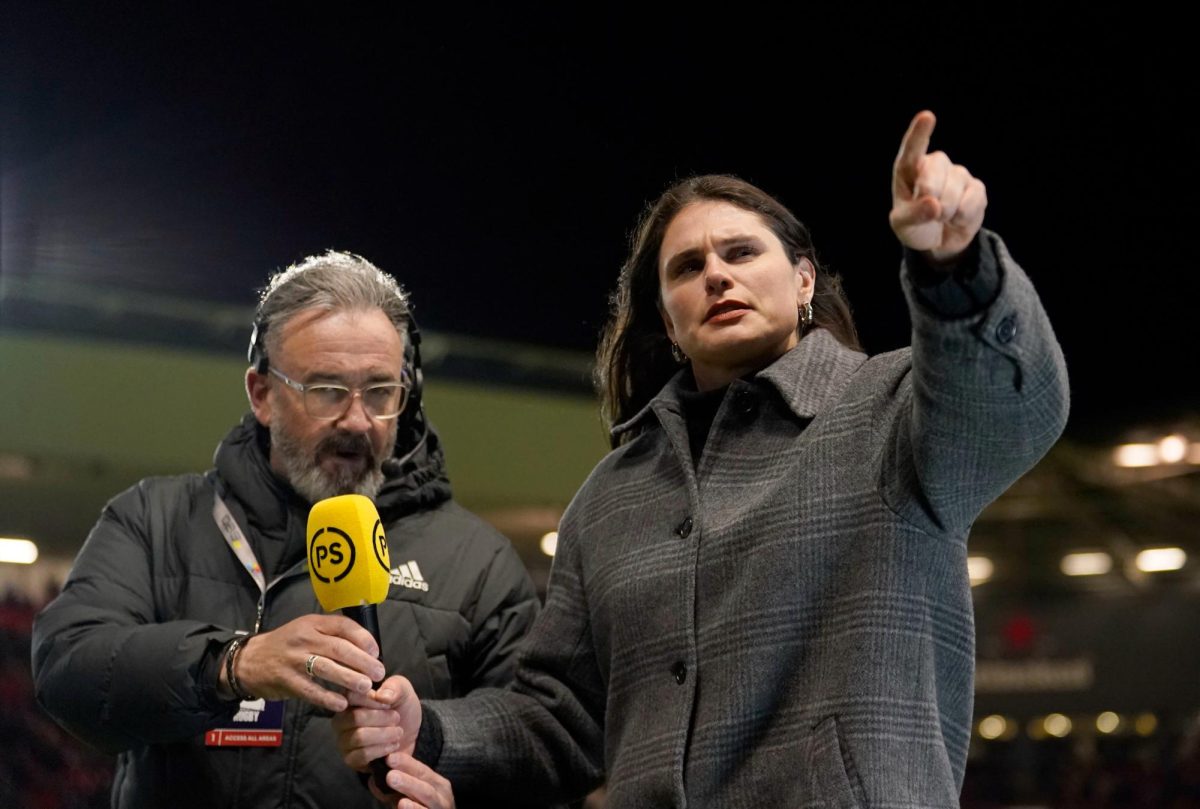Major League Baseball is the only large professional sports league in the United States without a salary cap for each team’s spending. Any team can choose how much they want to pay all of their players without a spending limit set by the league.
For example, the National Football League creates a salary cap based on annual total revenue. A certain percentage of total revenue is then split between the 32 teams to make up each team’s limits on spending.
The MLB, on the other hand, allows teams to pay their players as much as they want and are able to.
Throughout the history of the MLB, there have been attempts to change this structure and join all other American major sports leagues in a revenue-sharing plan or salary cap system. In 1994, team owners and MLB acting commissioner Bud Selig put forward a plan to distribute revenue amongst teams according to the Major League Baseball Players Association. This proposed plan subsequently created a strike amongst MLB athletes, and the proposal was later shut down. Owners were not immediately receptive, and ongoing negotiations resulted in the cancellation of the 1994 World Series. The system was reverted back to the no-cap method for the 1994-1995 season.
There have been other attempts to create revenue sharing amongst MLB teams with varying degrees of success. A luxury tax currently exists for teams that exceed a certain payroll dollar amount. This exists as a way to distribute some revenue between teams to even the playing field more than before. The MLB defines the procedure as a Competitive Balance Tax. This luxury tax is dished out to teams that pay their roster more than a certain amount. At the end of each season the tax is given to teams that exceed the predetermined limit. According to The MLB, the 2025 tax will be $241 million. Any team that spends more than $241 million in roster salary will have to pay 20% of each dollar spent above the limit.
If one team breaches the limit for a second consecutive year a 30% tax is implemented. The tax began in 1997, but the limit is different each year. In the current five year plan from 2022 to 2026, the limit increases yearly by three to four million dollars. The tax revenue is then distributed to each club and player benefits. The MLB uses the system to distribute some of the revenue amongst all major league clubs, but the tax is limited to only a few teams each year. This distribution is much less than other major sports leagues in the United States, and while helpful, it does not truly help the spending disparities between teams.
The World Series matchup between the New York Yankees and Los Angeles Dodgers demonstrated how the spending disparity has an effect on postseason success. The New York Yankees were the second highest spender in the MLB with $309 million spent in 2024 on salaries. The Los Angeles Dodgers were the fifth highest spenders this year, and they signed what MLB News reports is the largest contract in sports history for superstar Shohei Ohtani.
While Ohtani’s contract seems like it would lock the Los Angeles Dodgers as the number one spenders in the MLB, they found a way around the Competitive Balance Tax. Ohtani opted to receive only $2 million a year from now until his ten-year contract is over. He will receive the majority of his pay once his contract expires which allows the Dodgers to hold a lot more money for other contracts and avoid the tax. This loophole furthers the disparity between teams as well as the efforts to distribute profits among all MLB teams.
The Competitive Balance Tax clearly does not do enough to even out the playing field between all MLB teams in terms of total revenue and salary availability. TV contracts have become a key component for revenue, and streaming services continue to complicate the scene between live TV and streaming platforms. According to The Athletic, television contracts can make or break the future plans of a team’s roster and possible payroll. For example, TV network Bally Sports has recently netted very little profit and teams under their contract are facing salary cuts.

















Isaac Wald • Nov 18, 2024 at 10:58 pm
I think criticizing big market teams for spending and trying to compete takes away from the real reason why MLB does not have a salary cap. It is not because big market teams want an advantage, it is because owners under revenue sharing would be forced to disclose how much money they actually make. MLB like any other league is structured in favor of all owners, criticizing competitive baseball is creating an excuse for “small market” billionaires to play poor.